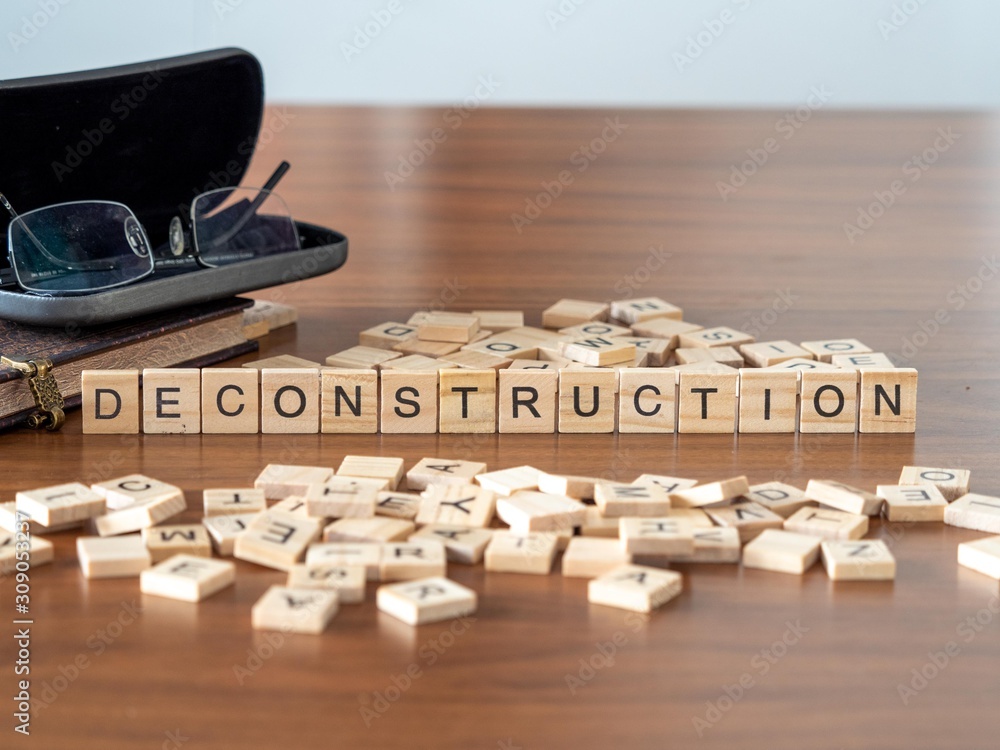To be literate in today’s society is much more than being able to read or write. In a quick google search of different types of literacy, there is an overwhelming large list of different topics.
![]()
- Digital
- Financial
- Functional
- Linguistic
- Cultural
- Mathematical
- Media
- Visual
- Computer
And the list goes on. So what does that all mean? Simple, we no longer are teaching basic literate concepts to students. We have a much larger task, teaching them skills and topics that were not taught 20 years ago. Added complications and complexities from a growing society, has led to these new topics.
So what is it to be literate in 2023? Well I don’t know if anyone can truly define that. Heck, even in class discussions it was hard to narrow down the definition of being Media Literate. Due to the complexities and large scale of media, the best way to describe it would be the ability to critically process, evaluate, reflect, deconstruct, and participate, with numerous different sources of media including print, audio, and visual.
In Andrea Quijada’s Ted Talk, she outlines the roles educators and parents can play in the abilitiy to help children identify how to become critical thinkers when it comes to media. As parents and educators, we need to show our students and children that there is more to media than just what is visually presented. There is an untold story behind everything.
How do I deconstruct?
 Critical thinking is a top priority. Being able to assess and question what is happening is key. Students can usually talk about the things they are seeing or hearing, but being able to properly put that into context can be challenging. They can be literate in describing the message, but what is the underlying subtext and untold stories that are being presented. The importance lies in being able to identify who the message is for, and describing that targeted audience. We want students to be able to become experts in decoding these messages, especially in advertising campaigns, where advertisers are masters in the techniques of persuasion.
Critical thinking is a top priority. Being able to assess and question what is happening is key. Students can usually talk about the things they are seeing or hearing, but being able to properly put that into context can be challenging. They can be literate in describing the message, but what is the underlying subtext and untold stories that are being presented. The importance lies in being able to identify who the message is for, and describing that targeted audience. We want students to be able to become experts in decoding these messages, especially in advertising campaigns, where advertisers are masters in the techniques of persuasion.
Media Literacy is such a large and complex area of education and it has no limits to certain demographics. In fact, many of our students would be more media literate than their grandparents in some cases. With the rise of social media and the ability to quickly comment on and share, filtering content is a very important skill. What and who can be trusted, and how to cross reference online are crucial skills.
What strategies do you find the best to teach how to “deconstruct” media messaging with your students or even your own children? I find conversations with some simple questioning and sharing experiences, to be my go to.

Great post Graeme. Something I’ve been thinking about as I’ve read about media literacy is how little research has gone into testing the effectiveness of media literacy training for teachers. Most studies seem to be one offs that can’t be generalized and their doesn’t seem to be a scholarly consensus on what exactly constitutes “best practices” in this field. Everyone is very certain that we should be teaching this to kids, but no one seems to know the best way to teach us! It’s a minor frustration (do something is far superior to ignoring the problem) – but for contrast their is reams of material on traditional material (ex. teaching reading).
Couldn’t agree more Matt. Kind of the reason why I am choosing to go down this avenue and plan some curriculum and lessons for my Health 6 class for my final project. It is one of those areas that is just so broad, it really does need to be taught on its own. A restructured curriculum specific to it, would go a long ways in aiding teachers how to teach it, or at least teach it to some similar degree of each other.
Great post, Graeme. I also agree with your reply to Matt in that revamping/restructuring curriculum is more important than ever before. I mean, we know that curriculum takes way too long to be updated, but with technology and digital platforms changing the game all the time, more frequent updates need to be required for curriculum. As for deconstructing messages, I have had students look at everything EXCEPT language and had them describe what the images, colours, music, chosen spokesperson, and any other non-language aspect of the message is telling us as a consumer. Great idea for your final project by the way – I look forward to seeing updates and the final product 🙂
Thanks for the comment Jacquie. I’m hoping by designing my project with this thought in mind, it will allow to me to somewhat do my own revamping and restructuring of the curriculum for the media needs my students are searching for.
Hello Graeme! I agree that there needs to be more resources for teaching media literacy. We can agree on what needs to be taught, but need to be pointed in the right direction, My take away from this week’s topic is that we, teachers, agree that students require skill to discern online content for authenticity and to do this they need to be taught how to analyze and evaluate. I like what Ouijad’s view that critical skills are first taught at home by engaging in meaningful conversations with family. She talked about the need to expose the untold stories, to search for the message behind stories and how topics are represented in the media.
My grandchildren are Gen Alpha, born into technology and exposed to its uses on a daily basis. Using internet to navigate an ipad and game system controller to select what they choose for television viewing are becoming common in our home. My daughter is an early years educator and encourages online platforms to reinforce literacy skills (seesaw, starfall, Miss Rachel, etc). Its amazing how many toddlers can be actively engaged with tech tools.
I enjoyed learning from your blog post! It gave me many things to consider about how important media literacy is for children at home and in the classroom. Thanks for the conversation!